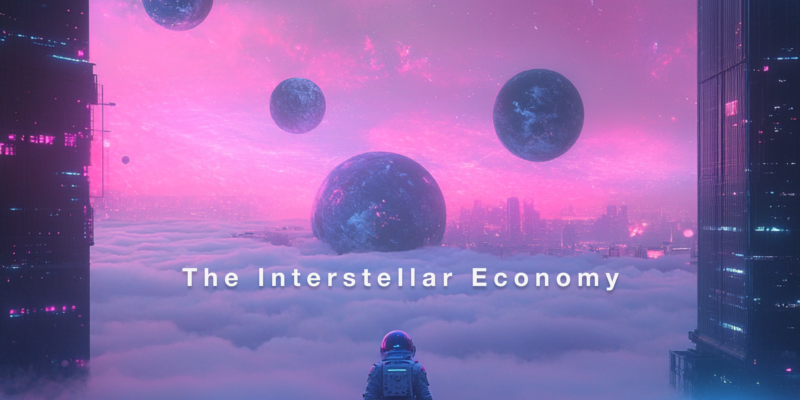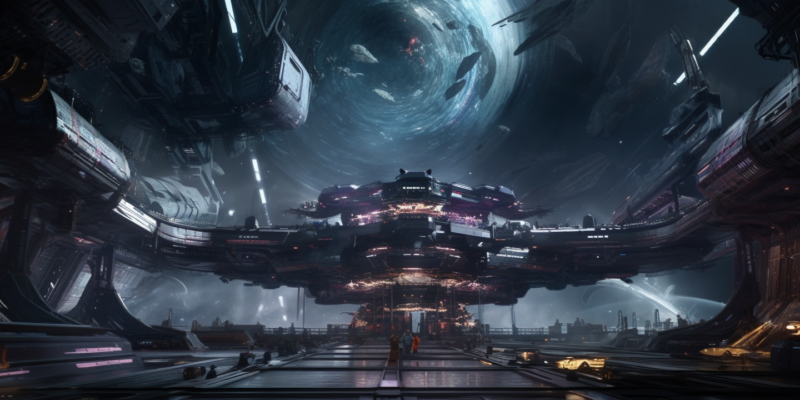It’s 3:47 AM.
I’m staring at my laptop screen. The presentation for tomorrow morning’s client call is polished. My mind is racing with possibilities.

My hands are trembling. Not from the fourth coffee. From pure adrenaline. From excitement. From knowing that in the next five hours, I get to showcase what my incredible team and I have built.
I close my eyes for a second. Visualizing success.
By 9 AM, I’ll be on that call. Confident. Composed. Selling the vision of four companies.
Nobody will know that six hours earlier, I was in my room, pushing through exhaustion, perfecting every slide because excellence is non-negotiable.
9 out of 10 people see the LinkedIn posts. The team photos. The funding announcements. The Client Wins.
They don’t see the grind that makes it all possible.
The Truth Nobody Talks about
Let me tell you what running 4 brands at 28 actually looks like.
16-18 hour days. Every day.
Not because I’m trying to prove something. But because if not now, when? When life tests your capability, you don’t walk. You run. You sprint towards your dreams until your legs give up. Then you find a way to keep moving forward.
My last proper eight-hour sleep? Can’t remember. These days it’s 4-5 AM to bed, 9 AM wake up for the first call. Three to four hours if I’m lucky.
You know what happens to your brain on four hours of sleep?
Everything becomes intense. Decisions become critical. Small wins feel like championships. But you smile on that video call anyway. You pitch with passion because you believe in what you’re building.
Because you’re creating opportunities for 12+ families.
The Drive That Fuels Everything
Here’s my biggest motivator. It’s not just success. Not recognition. Not even profit.
It’s the 1st of every month.
Salary day.
When your team grows from 2 to 12+, that date becomes sacred. And powerful. Because these aren’t just employees. They’re believers who joined your vision when nobody else would. They chose your startup dream.
The responsibility of ensuring everyone gets paid on time? That’s what energizes me after three hours of sleep.
But here’s what I learned: That responsibility isn’t pressure. It’s power.
When someone believes you’re their leader, you automatically level up. You work smarter. Not just for yourself. For them. Because they’re counting on you to be the visionary they believe in.
And you become exactly that.
The Evolution Nobody Sees
6 years ago, I was an uncertain boy worried about what people would think if I said “I’m in business.”
Today, I run four brands. Specflicks. Teams 24. And two others.
Sounds impressive? Let me tell you what happened in between.
Learning experiences disguised as failures that made me stronger. Nights spent perfecting the same pitch deck 47 times until it was perfect. Clients who said our ideas were “too ambitious” – and then watching us prove them wrong.
You know how a child learns to walk? They fall. Get up. Fall again. Get up again. Nobody mocks the child for falling. We celebrate when they finally run.
But when adults stumble in business, suddenly it’s failure. It’s shameful.
Here’s the truth: Falling twice is how you learn to fly. Every founder who’s made it has a collection of lessons they earned the hard way.
Einstein was called lazy and dim-witted before he changed physics forever. As he said, “Great spirits have always encountered violent opposition from mediocre minds.”
That opposition? It’s not just external. Sometimes the loudest doubter is in your own head at 3 AM. But you push through anyway.
What Society Doesn’t Understand
“You get everything so easily.”
I’ve heard this more times than I can count. People see the outcome. The four brands. The growing team. The LinkedIn posts about new clients.
They don’t see the 1 AM client calls because they’re in a different timezone. The presentation practice sessions alone in my room at 2 AM, rehearsing until perfection for the next 9AM Meeting.
They don’t see me constantly optimizing everything. Every email. Every deadline. Every team member’s growth. Because attention to detail is what separates good from great.
We’re not working for society’s approval. We’re working to make our own lives extraordinary. And to elevate the lives of people who trust us.
Society will judge anyway. They judged when I started. They’ll judge if I stumble. They’ll judge when I succeed.
So why not play by our own rules?
The Hidden Energy of Success
There’s this quote by Mary Anne Radmacher that inspires me: “Courage doesn’t always roar. Sometimes courage is the quiet voice at the end of the day saying, ‘I will try again tomorrow.'”
Tomorrow comes at 9 AM. After three hours of sleep. With enthusiasm that overshadows any exhaustion.
I’m not unique. Every founder knows this feeling. The thrill of leadership. The honor of carrying other people’s dreams forward. The constant dance between exhaustion and exhilaration.
But here’s what keeps me charged:
Those 12+ people who show up every day. Not because they have to. Because they want to be part of something special.
The four companies that started as bold ideas in my notebook.
The transformation from someone who couldn’t even talk about being in business to someone who proudly declares: “I’m an entrepreneur.”
The Truth About Right Now
Yes, I’m pushing limits. The 18-hour days are intense. My body is running on caffeine and conviction. My mind operates in overdrive, processing opportunities everywhere.
I know I need proper sleep for optimal decisions. I know this pace will evolve.
But I also know this: There are moments in life when you have to sprint. When opportunity opens a door, you don’t walk through it. You charge through.
This is my sprint.
Not for Instagram posts or Linked In congratulations. Not to prove the doubters wrong. But for the 12+ people who believe in our mission. For the vision that keeps me energized at night. For the person I’m becoming through this journey.
What I Want You to Know
If you’re reading this at your own 3 AM moment, grinding over your laptop, wondering if you’re cut out for this — you absolutely are.
The late nights don’t make you crazy. They make you committed.
The responsibility doesn’t make you stressed. It makes you stronger.
The exhaustion doesn’t mean you should quit. It means you’re building something worth losing sleep over.
9 out of 10 people will only see your 9 AM success face. They’ll never know about the 3 AM preparation.
And that’s perfectly fine.
Because the 1 out of 10 who do understand? They’re probably grinding at their laptops too. Building empires. Chasing dreams. Becoming legends.
We’re all just humans trying to build something bigger than ourselves. Sometimes winning. Sometimes learning. Always growing.
The only difference between the founders who make it and those who don’t?
We show up at 9 AM.
Especially after we’ve prepared at 3 AM.
To everyone fighting their 3 AM battles with determination: Your hustle is admirable. Your dedication is inspiring. Your persistence is powerful. And your commitment to excellence is extraordinary.
Keep pushing. The world needs what you’re building. Even if they don’t know it yet.
Especially when you’re just getting started.
Like this Post? Do share it with your friends
Continue reading my posts on-








